August rainfall was crippled on account of El Nino. An unprecedented deficiency of 36% has dragged the seasonal long period average to a shortfall of 10% rainfall, a borderline case of ‘drought’. Month of September assumes critical importance as El Nino retains its peak intensity. September turns decisive as the monsoon season status hangs between ‘drought’ and ‘below normal’.
Somehow, atmospheric indicators still remain a little shy of consistent reinforcing with the ocean. The key oceanic variables are currently indicative of strong El Nino conditions, while the atmospheric variables do not exhibit complete alignment. A full blown El Nino, invariably witness a solid coupling between the ocean and atmosphere.
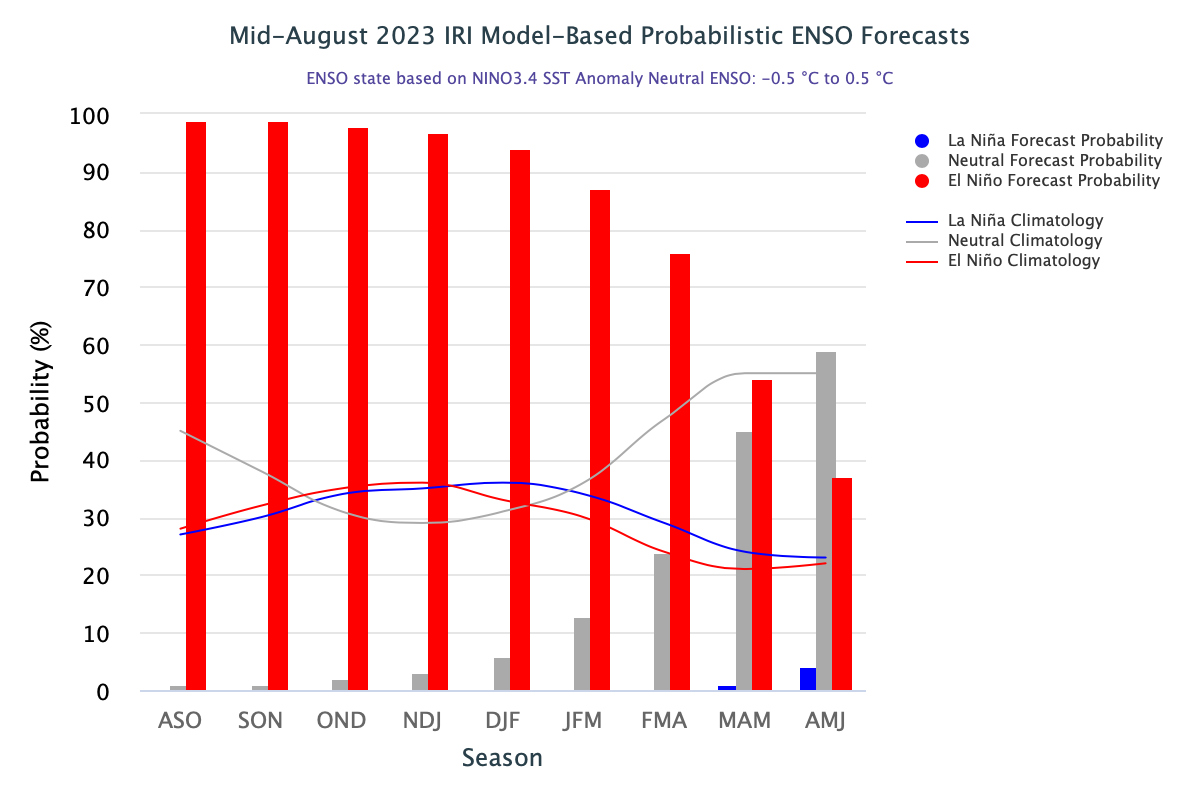
ENSO: The sea surface temperature (SST) anomaly for Nino 3.4 during May-July 2023 season was +0.81°C and for the month of July 2023 alone, it was +1.07°C. This anomaly for June-August 2023 season is expected to be 1.1°C and for the month of August 2023, it is estimated at 1.26°C. It is suggestive of an ongoing warming in the tropical Pacific, intensifying El Nino conditions from moderate to strong.

SST departure in the Nino 3.4 region stipulate the Oceanic Nino Index (ONI) and is a principal measure for monitoring, assessing and predicting ENSO. Nino 3.4 region witnessed increased warming through the month of August with anomaly rising from 1.1°C to 1.5°C. All four Nino indices were above the threshold mark and remain in excess of 1°C across the region. Eastern half of equatorial Pacific, hosting Nino 3 and Nino 1+2 continue to be much warmer than the central Pacific housing Nino 4 and Nino 3.4.
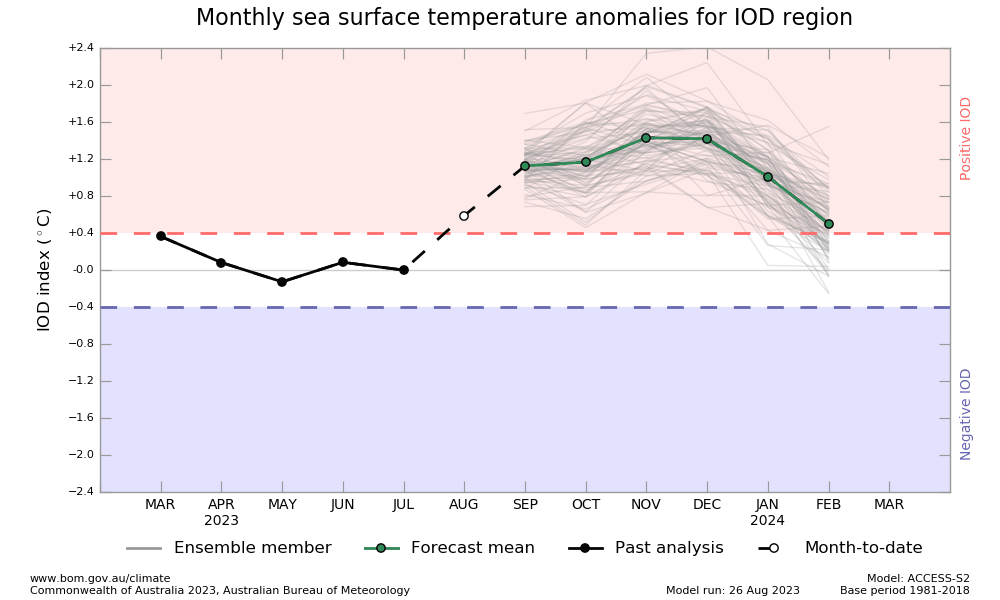
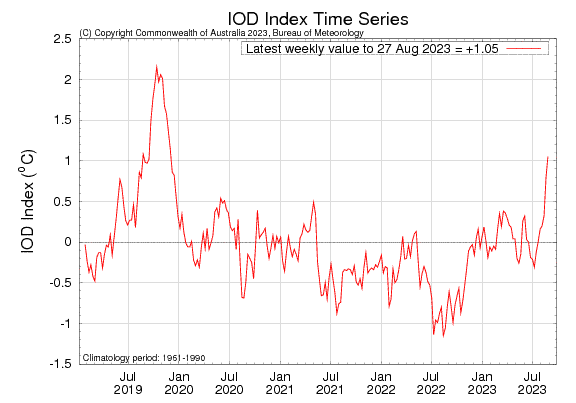
IOD: The latest weekly Indian Ocean Dipole (IOD) was 1.05°C. IOD has risen substantially during the last 4 weeks and has remained above the threshold mark of +0.4°C for the 2nd consecutive week. IOD index need to retain this trend for several more weeks to qualify for a +VE IOD event.
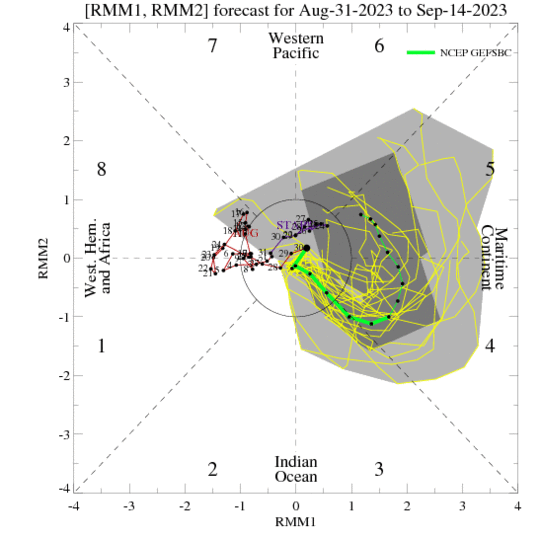
MJO: The Madden Julian Oscillation seems to be getting more active while propagating eastward. It is likely to gain amplitude over the Maritime Continent, in proximity of Indian Ocean, in phase 3&4. MJO positioning looks favourable for triggering monsoon activity in the Indian Seas, more so, over Bay of Bengal during the first 2 weeks of September 2023. Subsequently, the MJO index forecasts are becoming increasingly confident and favouring its transition to the Western Pacific, with a robust amplitude. Such a coherence may reinforce the ongoing ENSO event, resulting more canonical atmospheric response.
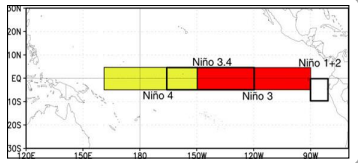
Currently, both ENSO and IOD appear to be strengthening in their respective regions. However, ENSO is always considered more powerful and more inclined to corrupt the monsoon pattern. The borderline IOD index need to amplify rapidly to strike a balance with the growing El Nino stature. Southwest monsoon has plunged to a scary deficit of 11% rainfall. September need to get out of the box to tame the eroding effects of El Nino. The closing monsoon month, even with a normal rainfall, can avert the fear of drought.


